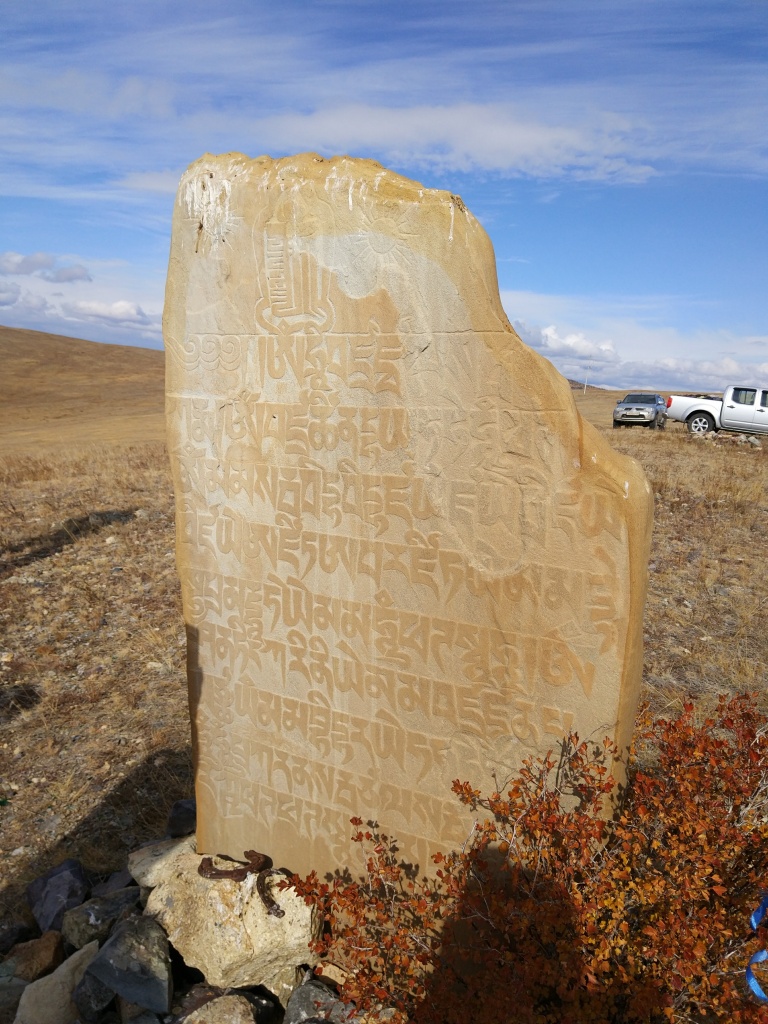Archaeological finds, including ceramics from Central Asia and other artifacts, date from the late first to early second millennium BC, suggesting what is now a modern city was once an ancient settlement.
Hun settlement is unique evidence of the life of a vanished civilization. Since 1920 excavations here that covered while only a third of the territory. In the settlement found several types of housing, the system of fortifications, handicraft and metal workshops. Only in Buryatia are over 100 unique monuments of this ancient culture.
Nomadic tribe of the Huns came in 2-4 century AD, as scientists assume, in the Trans-Baikal and Mongolia. This warlike people from the late 4th century to the middle of the 5th century BC conquered the North Caucasus Alans, Ostrogoths, Goths, the Thracians, Slavs, Finno-Finns, the Germanic tribes.

The greatest flowering Hun leader Attila reached at / 444-453 /, creating a huge state from the Volga to the Rhine. After the death of the leader of the tribe was divided into separate groups, settled in the Balkans and the Apennine peninsula.
